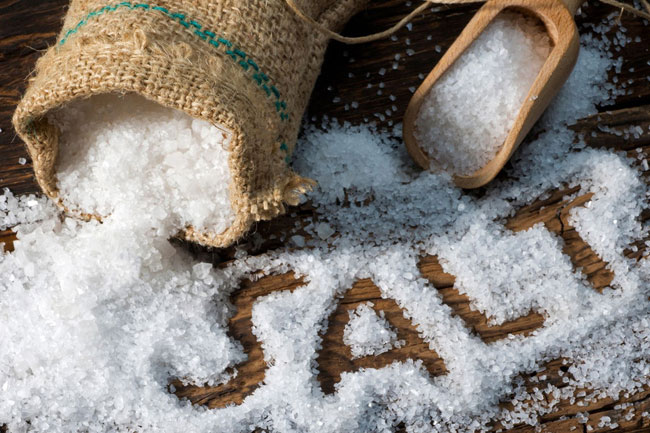Salt production in Sri Lanka has been significantly disrupted due to erratic rainfall patterns caused by global warming, raising concerns about the country’s ability to meet domestic demand.
Gayan Wellala, Chairman of National Salt Limited, speaking to Daily Mirror said the traditional solar evaporation method used in Sri Lanka requires at least 40–45 days of uninterrupted sunlight to properly harvest salt. However, the country is now experiencing rainfall throughout the year, hampering production.
“If heavy rains of 60–70 mm continue over a period of time, they wash away the salt deposits,” Wellala told the newspaper. He noted that the salt harvest had sharply declined from 30,000 tonnes to just 7,000 tonnes, following years of intermittent rain, particularly since 2020.
Sri Lanka’s salt industry, primarily based in coastal areas like Puttalam, Hambantota, Elephant Pass, Mannar, and Trincomalee, typically supplies around 180,000 tonnes annually—enough to meet national demand in the absence of weather disruptions.
While National Salt Limited is taking precautionary measures to increase production, Wellala admitted that there is no definitive solution yet to counter the impact of climate-related rainfall. “Every country is facing this issue,” he added.
Meanwhile, climatologist Malith Fernando explained that Sri Lanka remains highly vulnerable to global warming due to its limited infrastructure. “The rainfall patterns have intensified over the last decade. The situation will likely worsen,” he said. (With inputs from Daily Mirror)






